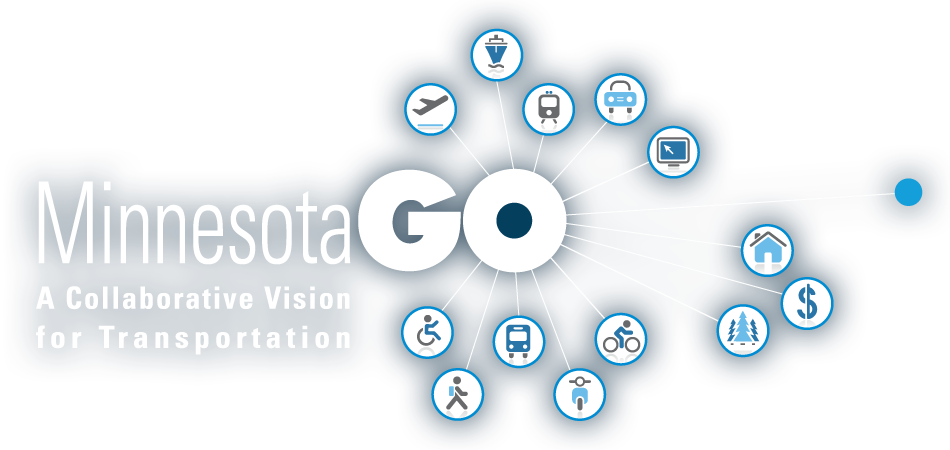Critical Connections
RELIABILITY
Reliability and Congestion
Why is Reliability and Congestion Important?
X
For individual travelers, reliability may be an important consideration when choosing a mode and/or route of travel. In some cases where there is more flexibility in terms of departure time (e.g. vacation travel) it may even affect the time of day one chooses to travel.
All else equal, travelers tend to prefer routes with a higher level of reliability. It is well-known that travel time is an important consideration in choosing a mode or route of passenger travel, but there is also increasing evidence that trip makers also place a relatively high value on routes that are reliable. For example, when choosing between two parallel routes on a commute trip, a traveler may regularly choose a route that has a longer average travel time but a lower level of variability in travel time.
The same is true for freight shippers and carriers. A long-haul commercial truck on a route which passes through a large urban area like the Twin Cities may choose a bypass route or another route which minimizes their exposure to potential delays. Again, a slight increase in distance may be preferable if it means that the driver is less likely to encounter delays, especially significant delays. In this sense, more reliable routes provide something like an “insurance” effect in limiting the possible impact of delays.
Providing information about the level of variability in day-to-day travel times gives travelers a more complete picture of the likely conditions they will encounter on the network.
How to Print
X
- To print this page, scroll down the bottom of the chart below and click on the "download" button as shown in the following image:

- In the format options that pop up, select PDF
- Under "Include", select Specific sheets from this workbook, and then select the sheets you would like to print. Then under "Orientation" select Landscape


